August Feasts and Celebrations
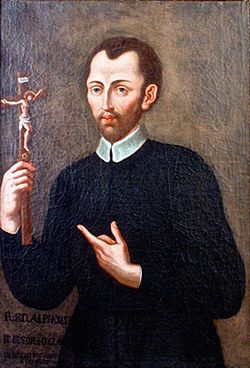
AUGUST 1
SAINT ALPHONSUS LIGUORI, BISHOP AND DOCTOR OF THE CHURCH
Saint Alphonsus Liguori was an Italian bishop, spiritual writer, and theologian, best known for founding the Congregation of the Most Holy Redeemer (the Redemptorists). Originally a lawyer, he left his legal career to become a priest, dedicating his life to preaching, mission work, and caring for the poor. He wrote over 100 works on theology and spirituality, including the influential book The Glories of Mary. Alphonsus was a strong advocate of moral theology, balancing rigor with compassion and emphasizing God’s mercy. He was canonized in 1839 and later declared a Doctor of the Church for his contributions to Catholic teaching.
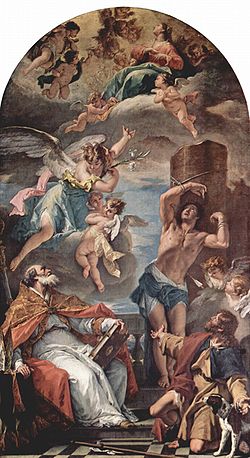
AUGUST 2
SAINT EUSEBIUS OF VERCELLI, BISHOP
Saint Eusebius of Vercelli was a bishop in northern Italy and a staunch defender of the Nicene faith during the Arian controversy. He was one of the first bishops in the West to live in a community with his clergy, helping to inspire later monastic traditions. Eusebius supported Saint Athanasius and suffered exile under Emperor Constantius II for refusing to condemn Nicene orthodoxy. After his return from exile, he continued to work for Church unity and the restoration of the true faith. He is remembered as a courageous pastor and was later venerated as a saint for his steadfastness and leadership.
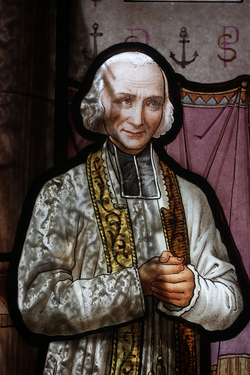
AUGUST 4
SAINT JOHN VIANNEY, PRIEST
Saint John Vianney, also known as the Curé of Ars, was a humble French parish priest renowned for his holiness, deep prayer life, and dedication to the Sacrament of Confession. Despite academic struggles, he was ordained and assigned to the small village of Ars, where his spiritual insight and compassion drew thousands of pilgrims. He often spent up to 16 hours a day hearing confessions, guiding people back to God with gentleness and wisdom. His simple preaching and austere lifestyle inspired conversions and a renewal of faith across France. Canonized in 1925, he is the patron saint of parish priests.
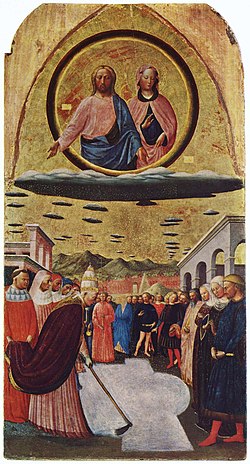
AUGUST 5
THE DEDICATION OF THE BASILICA OF SAINT MARY MAJOR
The Dedication of the Basilica of Saint Mary Major commemorates the consecration of one of the most important Marian churches in Rome. According to tradition, the Virgin Mary appeared in a dream to Pope Liberius in the 4th century, asking that a church be built where snow would fall, which miraculously occurred on the Esquiline Hill in August. The basilica was completed and later expanded, becoming a major center of devotion to Mary. It is the first church in the West dedicated to the Blessed Virgin and houses precious relics, including what is believed to be fragments of the manger from Bethlehem. This feast celebrates the Church’s profound reverence for Mary and her pivotal role in salvation history.
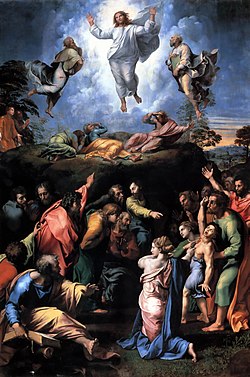
AUGUST 6
THE TRANSFIGURATION OF THE LORD
The Transfiguration is an event described in the Gospels of Matthew, Mark, and Luke as well as the Second Epistle of Peter, where Jesus and three Apostles, Peter, James, and John, are on a mountain to pray. There, Jesus changes his form of appearance and begins to shine with bright rays of light. His garments become white. Then, Moses and Elijah appear and speak to the Apostles. They symbolize the Law and the prophets. Jesus is called “Son” by the voice of God. Jesus tells the Apostles not to tell anyone “the things they have seen” until after the resurrection.
The Transfiguration is known as a miracle of Jesus, one of which Thomas Aquinas considers “the greatest miracle”. It complements baptism and shows the perfection of life in Heaven. It is a pivotal moment where human nature meets God. Jesus is our gateway from earth to heaven.
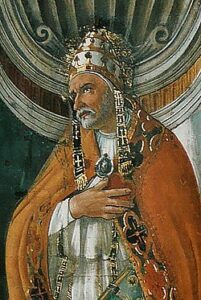
AUGUST 7
SAINT SIXTUS II, POPE, COMPANIONS, MARTYRS
Saint Sixtus II was a pope and martyr who led the Church during a time of intense persecution under the Roman Emperor Valerian. He became pope in the year 257 and was known for his humility, wisdom, and dedication to maintaining peace in the Church. During his papacy, he worked to heal divisions caused by earlier theological disputes. In 258, he was arrested while celebrating Mass in the catacombs of Rome and was executed along with several of his deacons, including Saint Lawrence. Saint Sixtus II is venerated as a courageous witness to the faith.
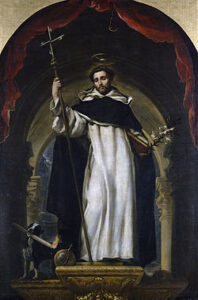
AUGUST 8
SAINT DOMINIC, PRIEST
Saint Dominic was a Spanish priest and founder of the Order of Preachers, commonly known as the Dominicans. Born in 1170, he devoted his life to combating heresy through preaching, education, and a life of poverty. He emphasized the importance of studying Scripture and theology to effectively teach and defend the faith. Saint Dominic had a deep devotion to the Blessed Virgin Mary and is often associated with promoting the Rosary. He died in 1221 and was canonized in 1234 for his holiness and lasting impact on the Church.
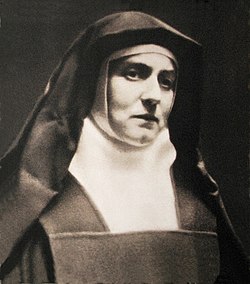
AUGUST 9
SAINT TERESA BENEDICTA OF THE CROSS, VIRGIN AND MARTYR
Saint Teresa Benedicta of the Cross, born Edith Stein, was a Jewish philosopher who converted to Catholicism and became a Discalced Carmelite nun. She was born in Germany in 1891 and was a brilliant academic, studying under the renowned philosopher Edmund Husserl. After her conversion, she embraced a life of prayer and sacrifice, seeing her vocation as a way to unite with Christ’s suffering. During World War II, she was arrested by the Nazis because of her Jewish heritage and was martyred in Auschwitz in 1942. She was canonized in 1998 and is honored as a patron saint of Europe.
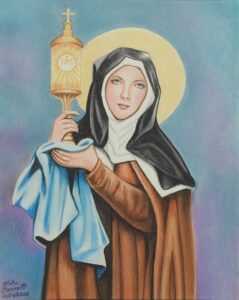
AUGUST 11
SAINT CLARE, VIRGIN
Saint Clare of Assisi was an Italian noblewoman who became one of the first and most devoted followers of Saint Francis of Assisi. Born in 1194, she renounced her wealth and founded the Order of Poor Ladies, later known as the Poor Clares, embracing a life of poverty, prayer, and seclusion. Clare was known for her deep faith, humility, and unwavering trust in God’s providence. She famously repelled an invading army by holding up the Blessed Sacrament in prayer. Clare died in 1253 and was canonized just two years later, in 1255.
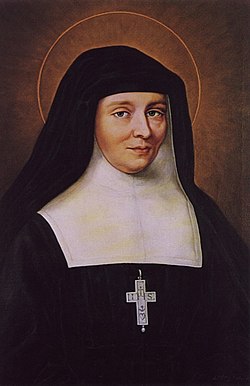
AUGUST 12
SAINT JANE FRANCES DE CHANTAL, RELIGIOUS
Saint Jane Frances de Chantal was a French widow and mother who co-founded the Visitation Order with Saint Francis de Sales in 1610. Born in 1572, she was renowned for her profound faith, gentleness, and perseverance in the face of personal suffering, including the early death of her husband. After meeting Francis de Sales, she felt called to religious life and helped create a community for women who could not endure the rigors of other orders. The Visitation Sisters focused on humility, charity, and serving the sick and poor. She died in 1641 and was canonized in 1767 for her holiness and dedication to God’s will.
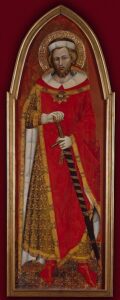
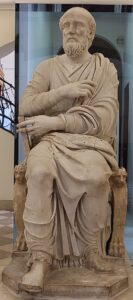
AUGUST 13
SAINTS PONTIAN, POPE, AND HIPPOLYTUS, PRIESTS, MARTYRS
Saint Pontian lived during a time of growing tension between the Church and the Roman Empire. His papacy was marked by efforts to maintain unity in the Church, particularly through resolving disputes with heretical groups. During the persecution under Emperor Maximinus Thrax, Pontian was arrested and exiled to the harsh mines of Sardinia. Recognizing the need for stable leadership, he became the first pope to resign voluntarily. He died in exile from mistreatment and was later honored as a martyr.
Saint Hippolytus was a theologian and priest in the early Church, known for being one of the most important Christian writers of the 3rd century. He strongly opposed certain Church leaders, even setting himself up as an antipope during a time of theological disputes. Despite this conflict, he was later reconciled with the Church and died a martyr, likely during the persecution under Emperor Maximinus Thrax around 235 AD. Hippolytus authored several important works, including The Apostolic Tradition, which influenced early Church practices.
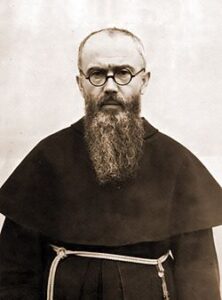
AUGUST 14
SAINT MAXIMILIAN KOLBE, PRIEST AND MARTYR
Saint Maximilian Kolbe was a Polish Franciscan priest known for his deep devotion to the Virgin Mary and his missionary work through media and publications. Born in 1894, he founded the Militia Immaculatae to promote Marian consecration and the Catholic faith. During World War II, he was arrested by the Nazis and sent to Auschwitz for sheltering Jews and refugees. In a heroic act of self-sacrifice, he volunteered to die in place of another prisoner who had a family. He was canonized as a martyr of charity by Pope John Paul II in 1982.
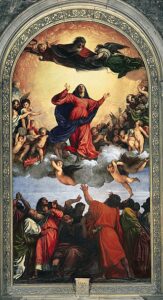
AUGUST 15
THE SOLEMNITY OF THE ASSUMPTION OF THE BLESSED VIRGIN MARY
The Solemnity of the Assumption of the Blessed Virgin Mary is a significant feast day when we recall Mary’s departure from human life, where her spirit and body ascend to heaven for eternity. The assumption signifies the completion of God’s work for Mary on Earth. It gives us hope that when we leave Earth, like the Blessed Mother, we also will be united with God in heaven. From Heaven, Mary loves each of us as her child. We should seek her intercession during this feast day and know that she is so loving and that it is she who is our pathway to God.
The teaching of the Assumption of Mary became widespread across the Christian world, having been celebrated as early as the 5th century and having been established in the East by Emperor Maurice around AD 600.
The Assumption is a symbol of the promise that we, too, will be received into paradise.
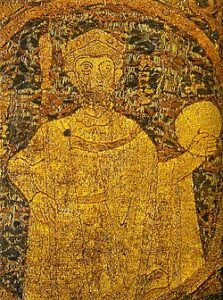
AUGUST 16
SAINT STEPHEN OF HUNGARY
Saint Stephen of Hungary was the first King of Hungary and played a crucial role in converting the nation to Christianity. Crowned in the year 1000 with a crown sent by Pope Sylvester II, he established a strong Christian kingdom rooted in Church structures and laws. Stephen built numerous churches, founded dioceses, and promoted the spread of the faith among his people. He was known for his just rule, deep piety, and care for the poor and pilgrims. Canonized in 1083, he is revered as the patron saint of Hungary and a model Christian monarch.
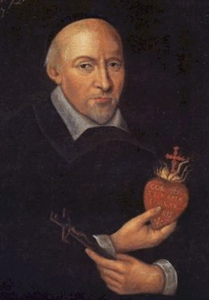
AUGUST 19
SAINT JOHN EUDES, PRIEST
Saint John Eudes was a French priest and missionary known for promoting devotion to the Sacred Hearts of Jesus and Mary. He founded the Congregation of Jesus and Mary (the Eudists) to form and educate priests, as well as the Sisters of Our Lady of Charity to serve women in need. A gifted preacher and writer, he emphasized the importance of interior holiness and pastoral care. He played a key role in developing liturgical celebrations in honor of the Sacred Heart, which influenced later Church devotion. Canonized in 1925, he is remembered as a champion of priestly formation and deep spiritual renewal.
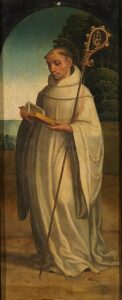
AUGUST 20
SAINT BERNARD OF CLAIRVAUX, ABBOT AND DOCTOR OF THE CHURCH
Saint Bernard of Clairvaux was a French monk and a key figure in the Cistercian reform of monastic life. Known for his deep spirituality and powerful preaching, he helped spread the influence of the Cistercian order across Europe. Bernard was a trusted advisor to popes and kings, guiding Church and political matters with wisdom and humility. He wrote many influential theological works, including sermons on the Song of Songs, emphasizing the love of God. Canonized in 1174 and declared a Doctor of the Church, he remains a model of contemplative prayer and devotion.
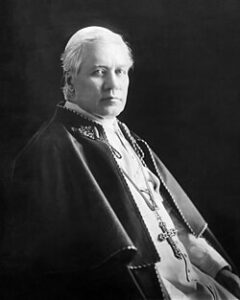
AUGUST 21
SAINT PIUS X, POPE
Saint Pius X was Pope from 1903 until his death and is remembered for his strong commitment to Church reform and the renewal of Catholic life. He encouraged frequent reception of the Eucharist and lowered the age for First Communion to help children grow in faith early. Pius X fought against modernist interpretations of Catholic doctrine, striving to preserve traditional Church teachings. He also promoted the reform of Church music and the training of clergy to better serve the faithful. Canonized in 1954, he is honored as a saint who sought to restore all things in Christ.
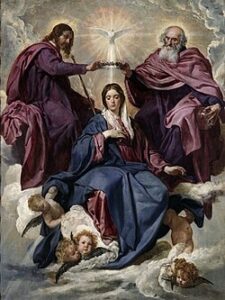
AUGUST 22
THE QUEENSHIP OF THE BLESSED VIRGIN MARY
The Queenship of Mary is a Catholic feast honoring Mary as the Queen of Heaven and Earth. This title reflects her role as the mother of Jesus Christ, the King, and her close association with His royal dignity. The feast highlights Mary’s intercessory power and her special place in salvation history as a loving and powerful advocate for humanity. It was officially established as a feast by Pope Pius XII in 1954 to encourage devotion to Mary’s maternal queenship. The celebration reminds the faithful of Mary’s guidance and protection over the Church and all believers.

AUGUST 23
SAINT ROSE OF LIMA
Saint Rose of Lima was the first person born in the Americas to be canonized by the Catholic Church. Born in Lima, Peru, in 1586, she dedicated her life to prayer, penance, and caring for the poor, especially in her own home. She joined the Third Order of St. Dominic and lived a life of severe asceticism, modeling herself after St. Catherine of Siena. Known for her deep love of Christ and mystical experiences, she became a symbol of holiness throughout Latin America. Saint Rose of Lima is the patroness of Peru, the Americas, and florists.
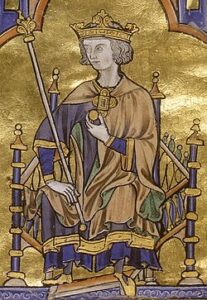
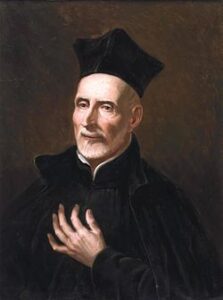
AUGUST 25
SAINTS LOUIS AND JOSEPH CALASANZ
Saint Louis IX of France was a devout king known for his justice, charity, and deep faith, who led two Crusades to the Holy Land. He built hospitals and churches, promoted peace, and is remembered as a model Christian monarch. Louis was canonized in 1297 and is the patron saint of the French monarchy and the persecuted.
Saint Joseph Calasanz was a Spanish priest and educator who founded the Piarist Fathers, the first religious order dedicated to free education for poor children. He pioneered universal education and emphasized the importance of teaching in faith and virtue. Canonized in 1767, he is the patron saint of Christian schools and teachers.
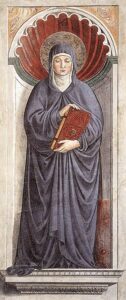
AUGUST 27
SAINT MONICA
Saint Monica was the devoted mother of Saint Augustine of Hippo, known for her persistent prayer and deep faith. She endured many hardships, including her husband’s difficult temperament and her son’s early waywardness, never losing hope in his conversion. Monica’s prayers and example eventually led Augustine to embrace Christianity and become one of the Church’s greatest theologians. She is often honored as a model of patience, perseverance, and maternal love. Saint Monica is the patron saint of mothers, wives, and those struggling with difficult family situations.

AUGUST 29
THE PASSION OF SAINT JOHN THE BAPTIST
The Passion of Saint John the Baptist refers to the story of his imprisonment and martyrdom, as described in the Gospels. John boldly condemned King Herod for marrying his brother’s wife, Herodias, which led to his arrest. While imprisoned, John continued to preach repentance and prepare the way for Jesus. At Herod’s birthday feast, Herodias’s daughter Salome danced and pleased Herod, who promised to grant her any wish. Prompted by her mother, Salome asked for John’s head on a platter, and John was beheaded in prison, becoming a martyr for speaking the truth.
